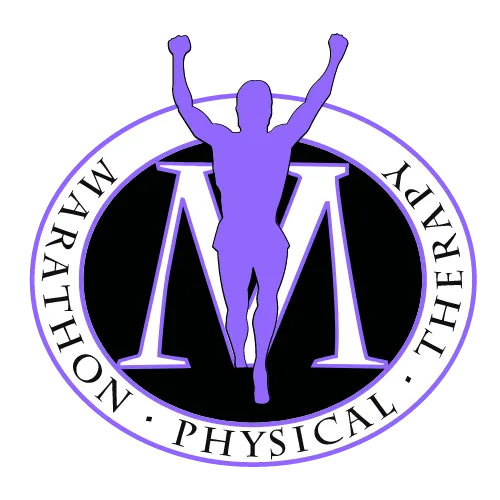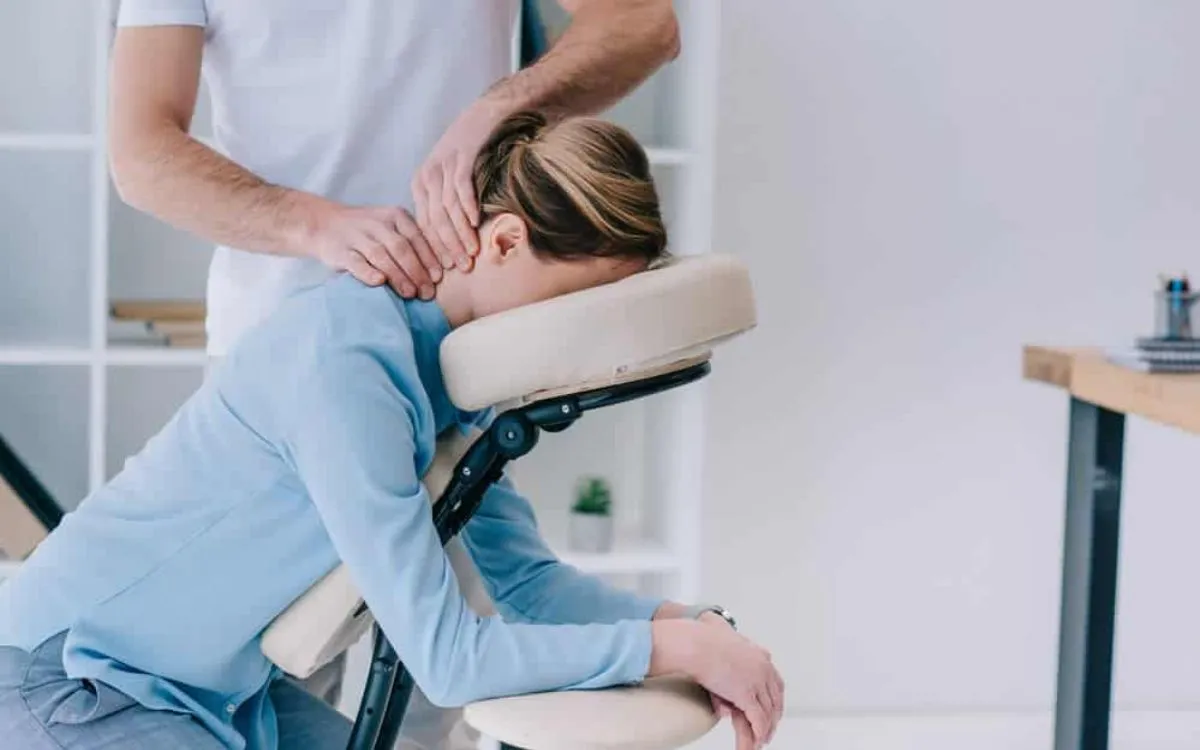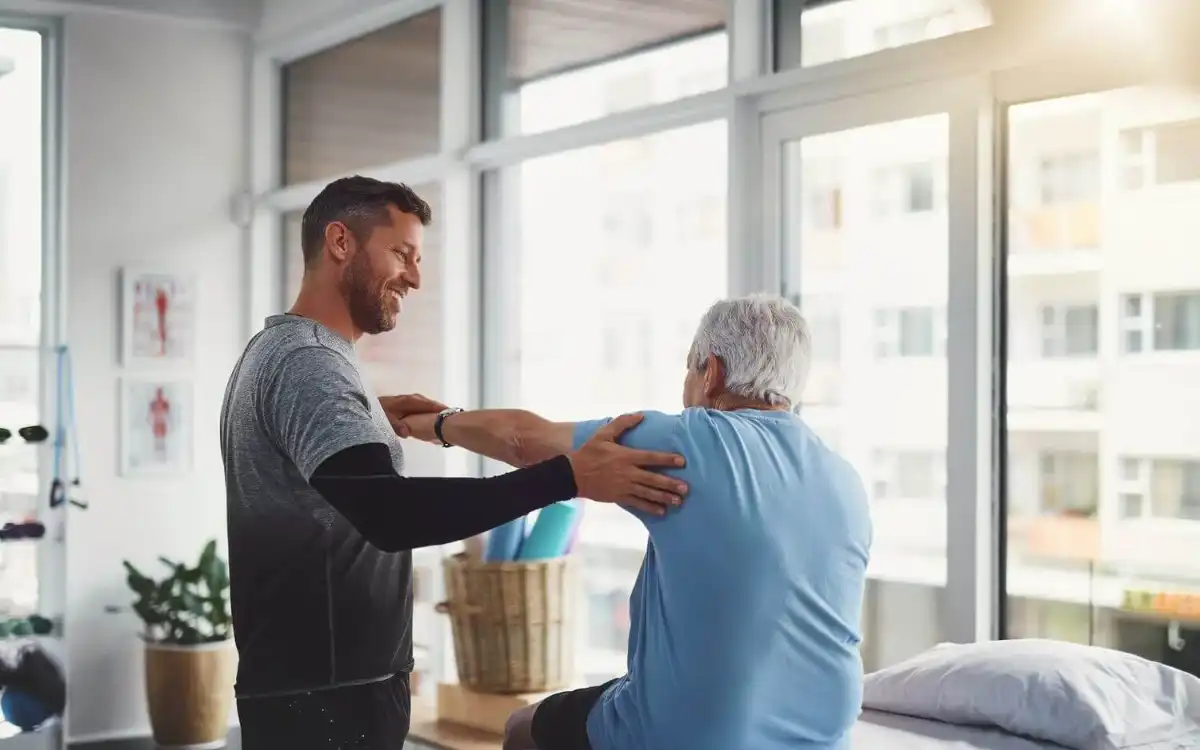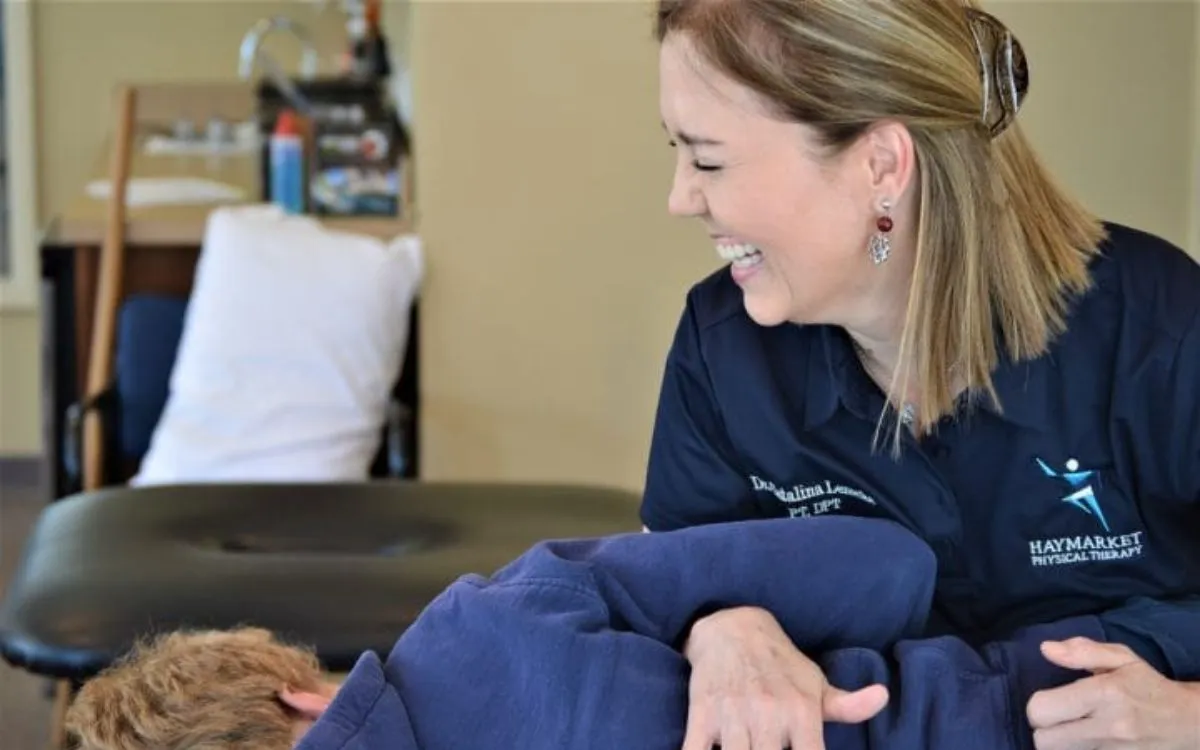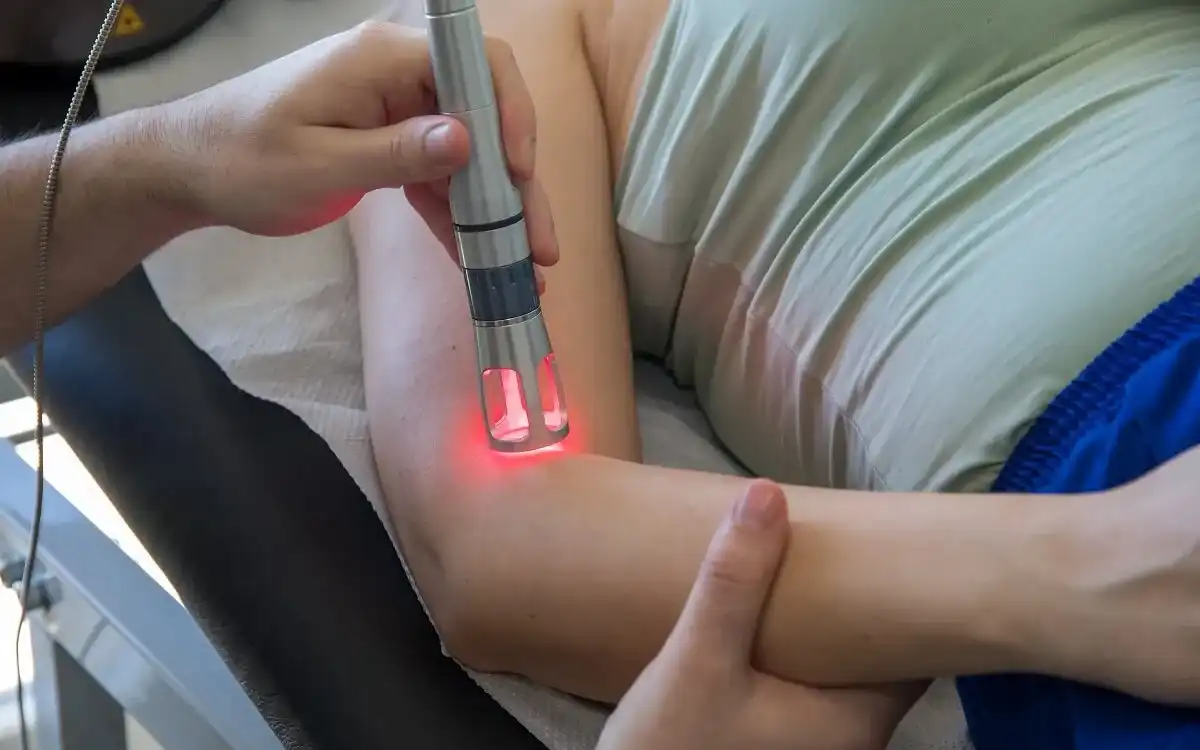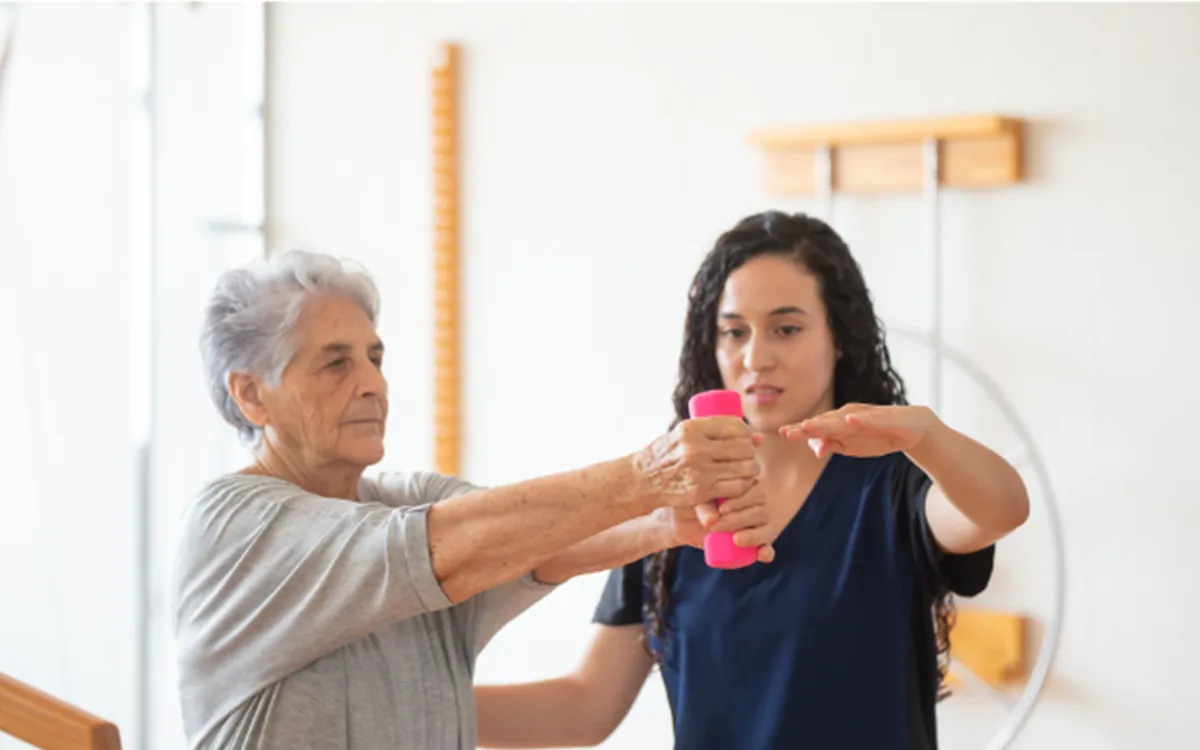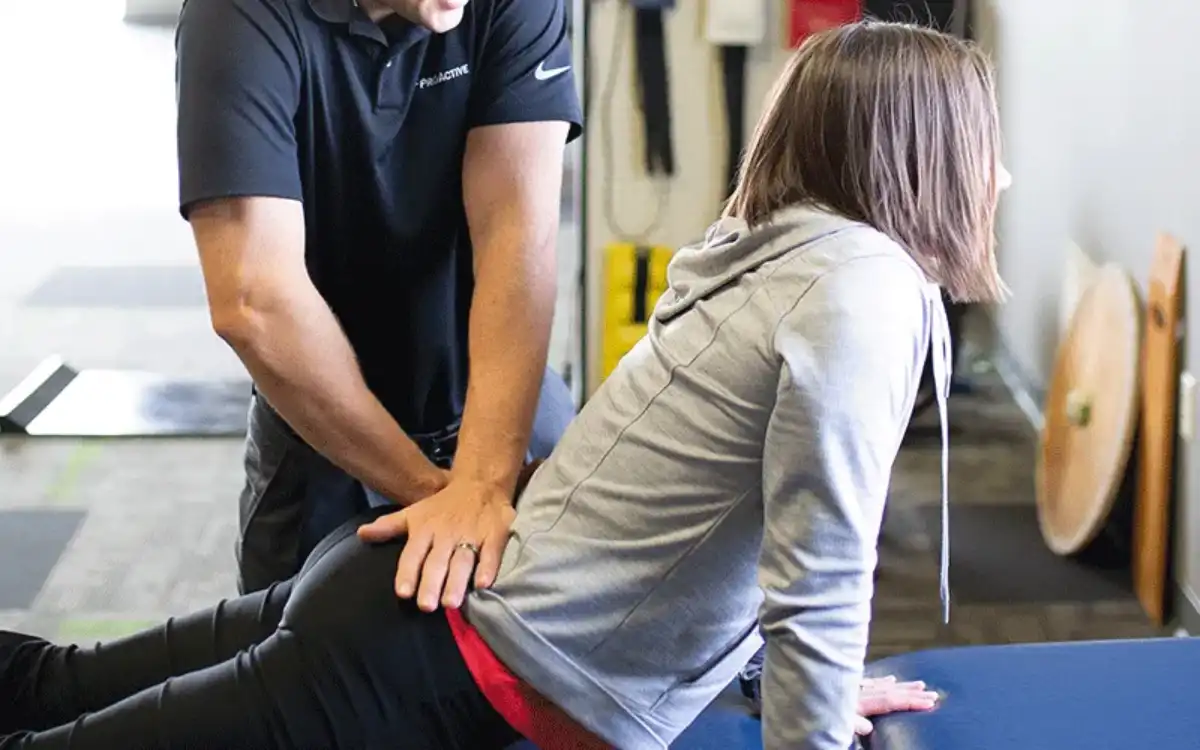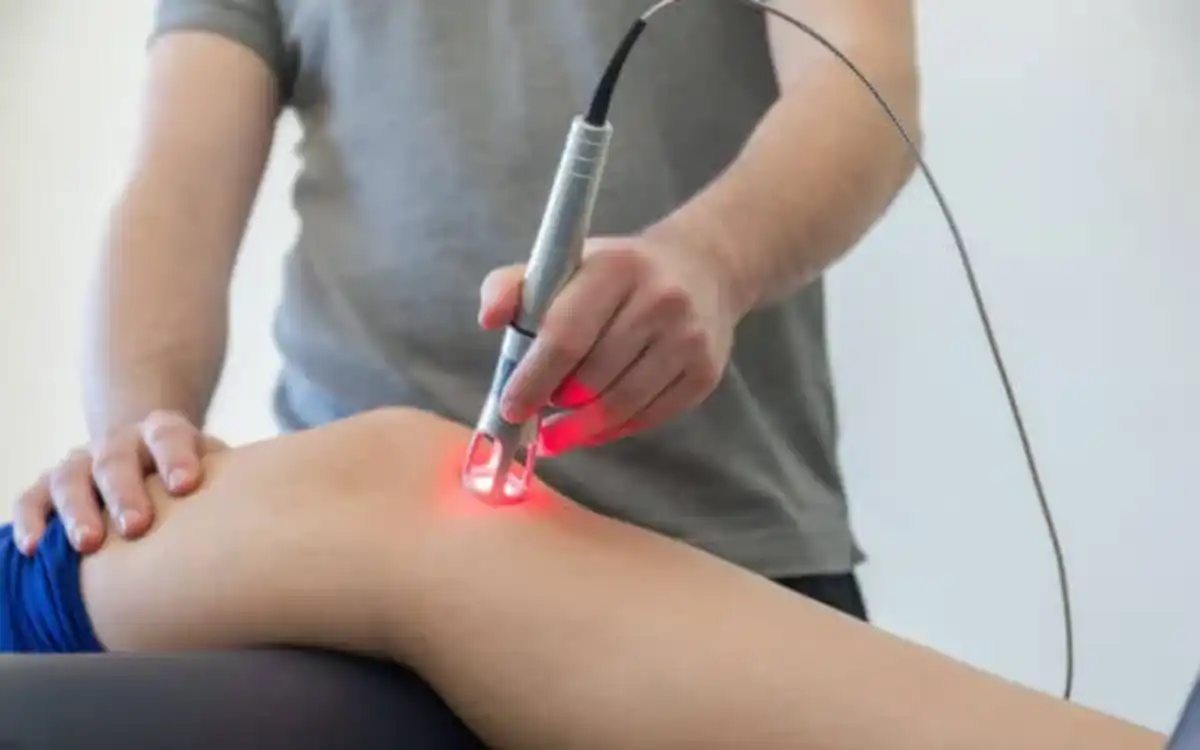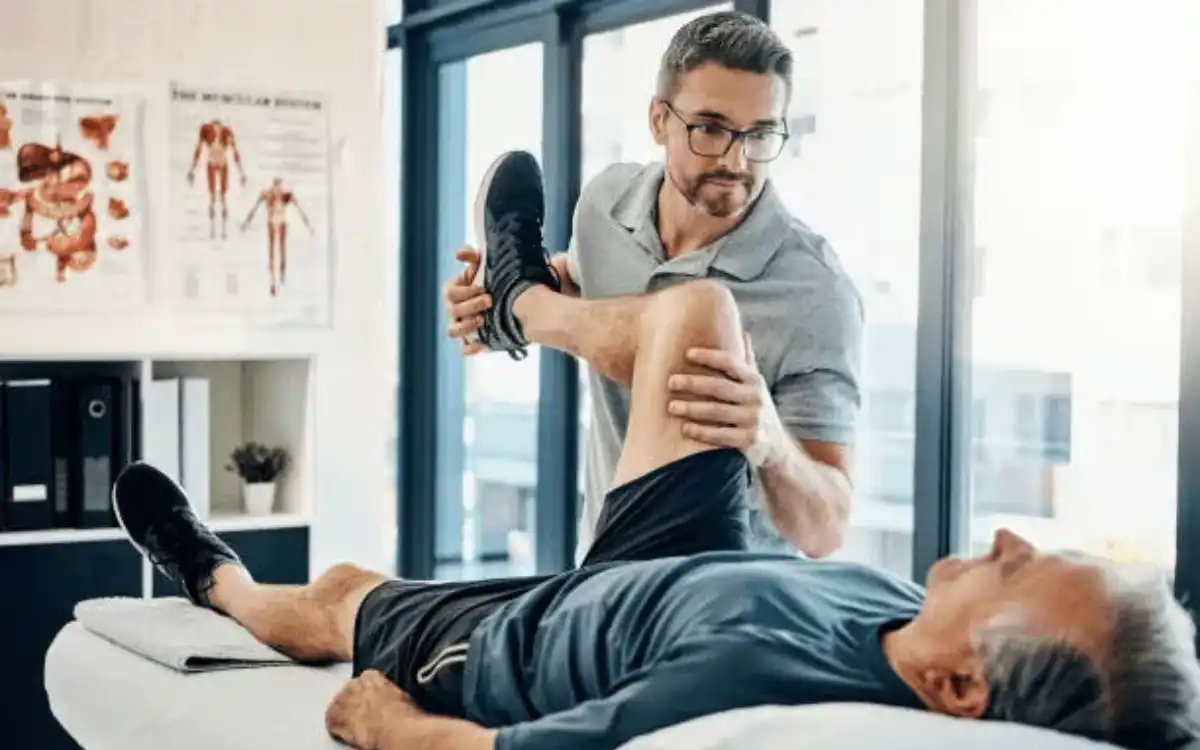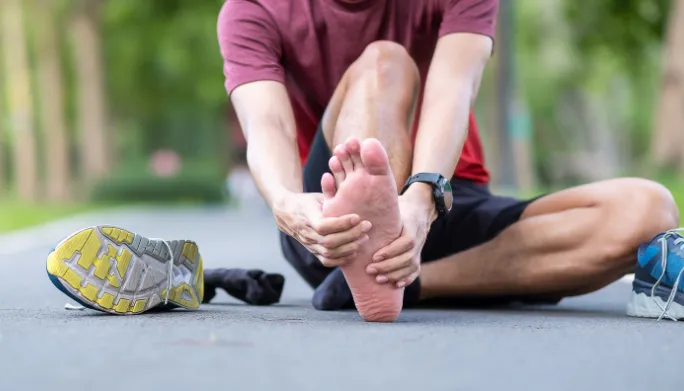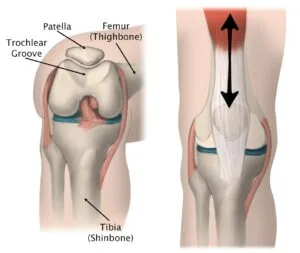OVERVIEW
Patello-femoral Pain (Commonly Called Chondromalacia Patella)
Chondromalacia, which refers to softening the patellar cartilage is a common misdiagnosis. Only surgery can detect softening of the cartilage. Patello-femoral Pain is the correct diagnosis for pain or swelling that originates under the kneecap.
The treatment options include rest, ice and compression. It is important to control swelling. Bracing, anti-inflammatory medication, and physical therapy can all be helpful. It is important to strengthen the quadriceps gradually. Sometimes, orthoses for the feet may be necessary. Rarely is surgery required to realign the kneecap. This involves releasing the tight structures around the outside and reefing the inner structures.
TREATMENT
Possible Treatments
- Aerobic/Endurance Exercise
- Core Strengthening
- Cryotherapy or Cold Therapy
- Electrotherapeutic Modalities
- Gait or Walking Training
- Knee Active Range of Motion
- Knee Joint Mobilization
- Knee Passive Range of Motion
- Knee Resistive Range of Motion
- Plyometrics
- Proprioceptive Neuromuscular Facilitation (PNF)
- Proprioception Exercises
- Physical Agents
- Soft Tissue Mobilization
- Stretching/Flexibility Exercise
GOALS
Possible Treatment Goals
- Improve Balance
- Decrease Risk of Reoccurrence
- Improve Fitness
- Improve Function
- Optimize Joint Alignment
- Improve Muscle Strength and Power
- Increase Oxygen to Tissues
- Improve Proprioception
- Improve Range of Motion
- Self-care of Symptoms
- Improve Tolerance for Prolonged Activities
